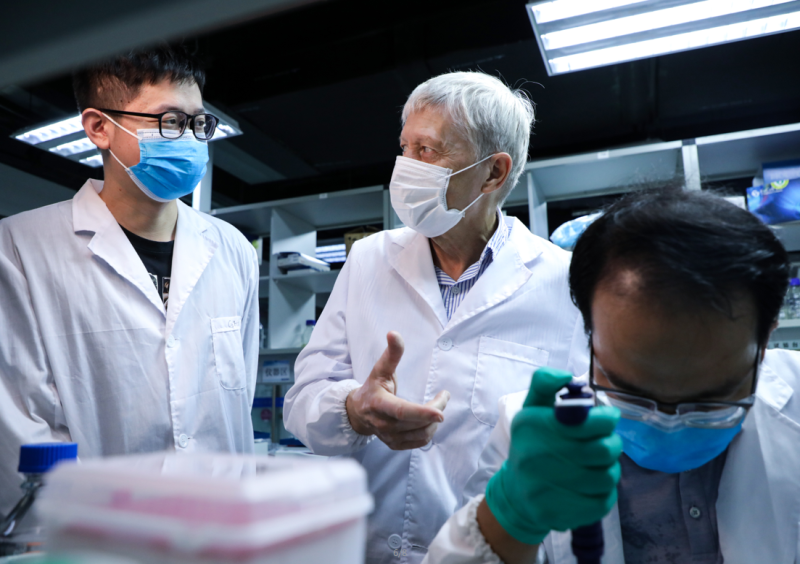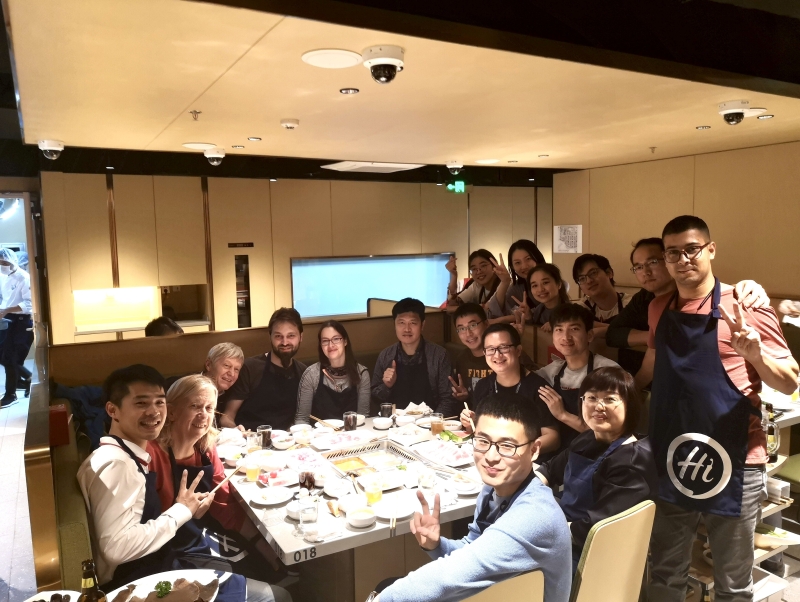Study Novel Therapeutic Compounds with China
Date:15-09-2020 | 【Print】 【close】
My first contact with China in academy date back to 1992 when I was an honorary at Sichuan University, establishing collaborations scientific projects with some Chinese professors. I enjoyed the views, Chinese food and eastern culture.
I have been extending my collaborations with many other universities and institutes as well including Tsinghua University, ShanghaiTech University and so on, and making the acquaintances with so many talented scientists.
Around 2018, my former doctoral student, Prof. YUAN Shuguang, who are working at the Shenzhen Institutes of Advanced Technology (SIAT) at the Chinese Academy of Sciences (CAS) as Professor, told me about the plans of the Shenzhen government to massively invest in science and technology to combine efforts between information technology and biotechnology.
He organized a first visit to SIAT for me. During that visit I learned about the excellent infrastructure of SIAT and the Universities in the close neighborhood, and the many exciting and outstanding research projects lead by the colleagues in the institutes. This was a trigger for me to consider doing my future research here in Shenzhen.
Shenzhen is a green city with modern infrastructure: diverse shopping centers and restaurants; easy reachable recreation regions; perfect transportation system for national and international traveling.
During a second visit in 2019’s spring, plans for common projects at SIAT become closer to reality and finally SIAT made me a nice offer to come here and I am honored to have the CAS President’s International Fellowship for Special Experts, which offers unique possibilities for foreign scientists to establish and foster collaboration with their colleagues in Chinese research institutions, and in my particular case it was of central importance for establishing first contacts during short visits to finally realize long-term research collaboration.

I see enormous possibilities for boosting scientific development in China in general and in Shenzhen in particular based on government’s wise investments in research infrastructure and in the formation of bright students and scientists. My staying in SIAT, CAS was very fruitful:
I have established a new research center at SIAT named Research Center for Computer-Aided Drug Discovery.
My team have close interactions with colleagues from computer modeling and AI based in silico screening as well as with colleagues from medicinal chemistry and structural biology to foster a new era of drug discovery for the benefit of our society. And we concentrate on the development of novel techniques and approaches to find new medicines which are important to treat serious diseases like cancer, diabetes and Alzheimer, to mention a few. Here we combine our experience on membrane biophysics, biotechnology, structural biology and computer modeling to develop miniaturized biochips for finding novel therapeutic compounds considerably faster, than ever done before.
In addition to the research, the administration and colleagues at SIAT gave me perfect support, which included visits and inspections of local police station, hospital, immigration offices, etc. to finally obtain residence and working permission as well as finding a nice apartment.

SIAT has established within the relatively short time of its establishment an impressive worldwide network with leading universities and research institutions fostering international collaboration in basic science.
I was impressed by the curiosity of the young scientist here. They are hard-working, creative and extremely diligent. Some of their creative ideas were really think out of box. I can even foresee the future of Chinese science in them.
These resulted in findings and inventions of utmost importance.
Media Contact:
ZHANG Xiaomin
Email: xm.zhang@siat.ac.cn